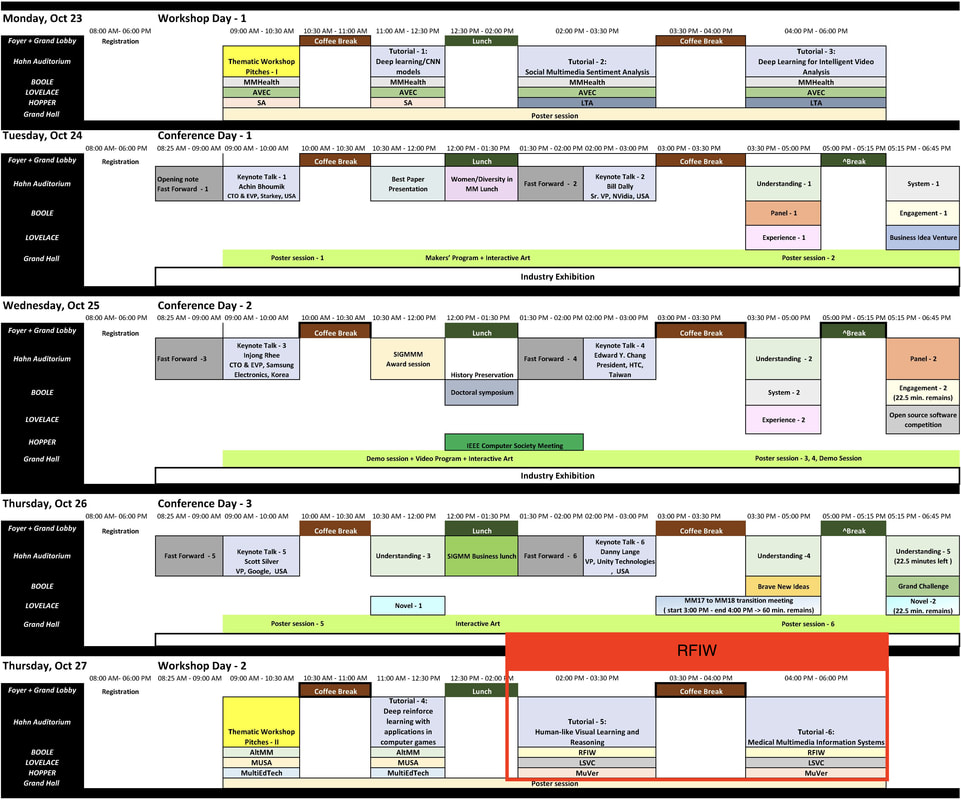

Sankey has been careful not to say what he favors, but many believe he’s in the nine-game category, and he could make his case in the room to the holdouts, pleading for the greater good. Those tend to be from the more traditional powers: Alabama, Georgia and Florida are in favor, Texas A&M has been vocal in pushing for nine and so on.īut there’s enough pushback from the others, not just Kentucky, that one official in the conference speculated it could end up an 8-8 tie. There’s still some belief that nine-game proponents will win out. A decision does not have to be made that week - theoretically, a schedule could be announced much later - but at this point, people around the conference appear tired of the topic and just ready to vote. But SEC commissioner Greg Sankey has preferred more consensus before a decision is made, and if enough money from ESPN isn’t forthcoming, some of the nine-game votes might switch back to eight. Nine-game proponents long have been believed to be in the majority. Kentucky or another school could say: Why vote for an extra conference game, which would mean one fewer home game every other year, when you get $2 to $3 million from home games with a fourth nonconference game? And yes, bowl eligibility - or just having a more impressive record - figures into it as well.
CONFERENCE4ME UPDATING CONFERENCE SCHEDULE PRO
Let’s say ESPN was offering to go over the pro rata amount a bit but not by that much. So for the SEC schools already disposed to favor eight games, there isn’t a huge financial incentive to change your vote. If the network was bowled over by the possibility, a deal would have been announced by now. Ditto for Alabama-Tennessee, Auburn-Georgia and other games that would be one of three annual games, rather than one in an eight-game format.īut how much more worth it that is to ESPN is unclear.

For instance, Texas-Texas A&M every year, rather than twice every four years. The SEC also can argue that by going to a nine-game schedule, it will provide more marquee games. The SEC has made the case to ESPN that this is not just two schools this is Oklahoma and Texas. It was signed prior to Oklahoma and Texas joining the conference but is believed to contain a pro rata clause that, in the event of expansion, increases the payment by an amount equal to what each school was set to get: $58 million per year per school would mean the new value of the contract would be about $927 million.īut this is where it gets thorny and where scheduling comes in. The finances of itĮSPN’s deal with the SEC, which kicks in next year, is estimated to be for about $811 million per year for 10 years. The unofficial reason was money, principally the ESPN deal. The official reason was a lack of agreement among the schools. Then no scheduling decision was made in the winter. Then no decision was made in the fall, even after the CFP field officially was expanded to 12. There were also other uncertainties, such as whether the College Football Playoff would expand, who would pay for canceling nonconference games and whether the SEC would get more money from ESPN.


 0 kommentar(er)
0 kommentar(er)
